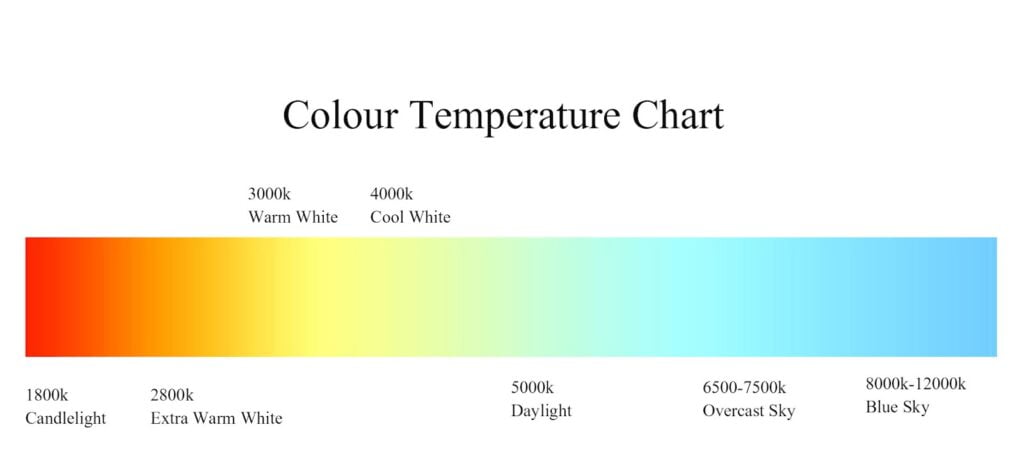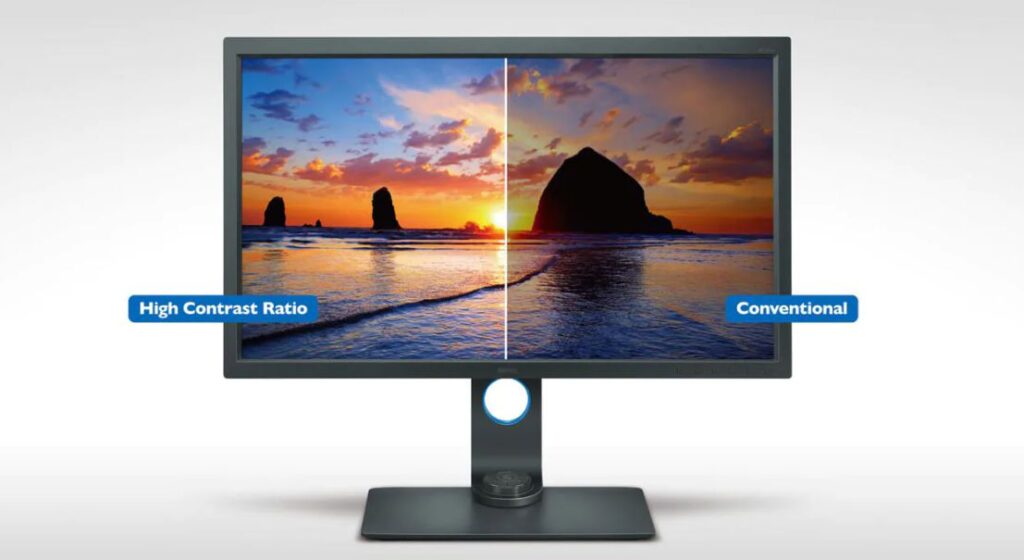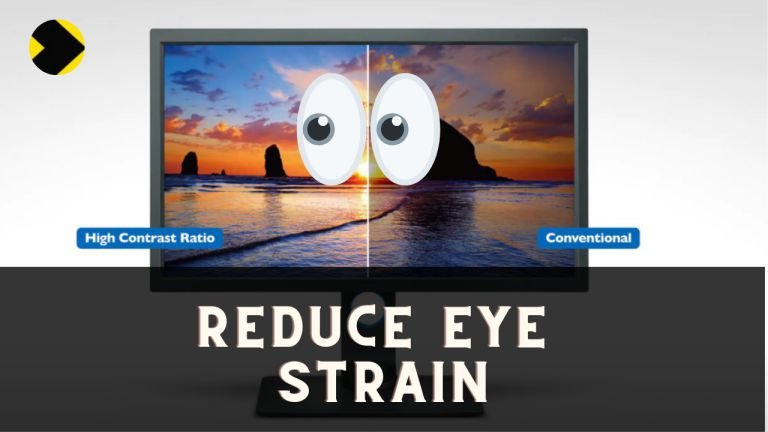Monitor brightness is the most important factor that you should consider when looking for something that will take away your eye strain. The best monitor setting involves having a bright display with low reflection so it’s easier to read or work on. Make sure that everything’s light around you is also bright, including the lights inside your room.
Keep them clean so they don’t cause any glare inside your display while working at night too. If possible, get an anti-glare LED display because this type of technology significantly reduces glare and reflection, which can help reduce eye fatigue tremendously. You may also want to choose LED displays over other monitors if you’re not into fancy colors since LEDs are more neutral than LCDs in terms of color accuracy. Once again, make sure that everything is bright in your room. Without further delay let quickly talk about how to reduce eye strain on eyes.
Table of Contents
A Brief Guide to Color Temperature:-
Color temperature is another consideration when picking the right monitor setting for eye strain reduction. In general, there are cool and warm colors. The former has a blue tint while the latter has more of an orange tone.
You will want to choose a display with a color temperature between 6,000 K and 6,500 K, which is found on standard LED displays with white screens. If you want something warm-colored for your eyes, then try looking at some monitors outside or pick one up from a local marketplace or shop instead because most of them have this type of display built-in nowadays.

For TV’s the color temperature should be set between 5,000 and 6,500 K since the size is usually bigger and you will be sitting at a farther distance from it.
If your eyes feel tired and strained after looking at your monitor for long periods then consider changing the font sizes. Bigger text may seem more attractive but that’s not true in terms of reducing eye strain because when you increase font sizes, the contrast becomes lower which makes texts harder to read through. That’s why having proper brightness & contrast is very important.
When choosing what type of font style to use, stick with sans-serif fonts such as Arial or Verdana because they reduce eye strain too. Sans-serif letters are also larger than serifs so using them can help improve clarity even further while saving up on space too. Serif characters may look pretty and fancy but that’s not the case when it comes to reducing eye strain.
Another thing you can do is get an LCD monitor with energy-saving features because this type of technology significantly reduces screen brightness when idle, which also helps reduce eye strain over time. These are better options for people who spend most of their day looking at monitors while working or watching TV shows since they consume less power and money in the long run.
If you have a window beside your desk then make sure to use curtains so only the light coming from your display reaches your eyes directly. Large windows have more reflective surfaces than other types of glass so having large designs on them could reflect stray light into your display, causing irritation and blurriness while working under bright lights.
What is Contrast for screens:-
Contrast is basically whether or not the colors on your screen look bright or dark depending on what you’re watching. If they appear too light, then high-contrast flashes of white light can harm your eyes because of how intense they can be close to your eyes. The same thing goes for dealing with text size because bigger fonts don’t necessarily mean less eye strain.
Text that’s too large can be just as bad as smaller fonts so stick with sans-serif types of letters like Arial and Verdana over other styles such as serif. Sans-serif letters also have larger sizes than most competing characters so using them reduces blurriness and eye strain.

Right Brightness for screen:-
Brightness is also another factor that causes eye strain since displays are often too bright causing discomfort over time. This type of vision problem usually happens during the night because you’re looking at your device without other lights on so other things can distract it. Finding The best monitor for eye strain When buying a TV, computer, or phone screen, look for one with an energy-saving feature since these types of displays have low brightness settings that reduce eye strain after prolonged periods of use even if it’s indirect light outside your room.

Also, make sure to find patterns in the display’s glass such as text and shapes so you aren’t just staring at straight lines all day which can be just as bad as looking directly into. Lastly, use a pair of eyeglasses instead so you don’t deal with problems such as dry eyes and headaches.
With the rise in technology that’s becoming part of everyone’s life, vision problems can increase due to prolonged exposure from things like TVs and computer screens. One common type of condition is known as eye strain which can vary from being a serious eye disease to just a temporary problem.
Conclusion:-
Using these tips for reducing eye strain from a monitor can help improve your vision without needing to spend more money on optometrists and glasses. Just remember that one of the best monitor settings is to have a bright display that’s not too reflective so you don’t have stray light coming into it which causes discomfort.
If you want something specific, then choose a monitor with energy-saving features so you can save on power costs every month as well as reduce sensitivity to brightness over time since LED displays consume less electricity compared to other types.
Remember though that a bigger monitor will always seem brighter because they have larger surface areas so use curtains or blinds if need be to block out stray lights from your window glass. In general, the best monitor setting for eye strain is to have a small but bright display that also consumes less power. You can buy one online or from your local computer shop to enjoy all of the benefits mentioned above without needing an optometrist for vision correction procedures.
Your eyes are important tools for reading and seeing your monitors, TVs, and phones. Although most modern displays use energy-saving features that save up on money and power in the long run, using these types of displays for prolonged periods can still cause eye strain and possibly other vision problems such as headaches and more.
If you want to find out more about how eye strain from looking at screens all day can affect you then keep reading because we’re going to tell you more about it right now. What Causes Vision Problems From Screens? Several factors cause vision problems when looking at screens, but the main causes are low contrast, text size, and brightness.











Leave a Review